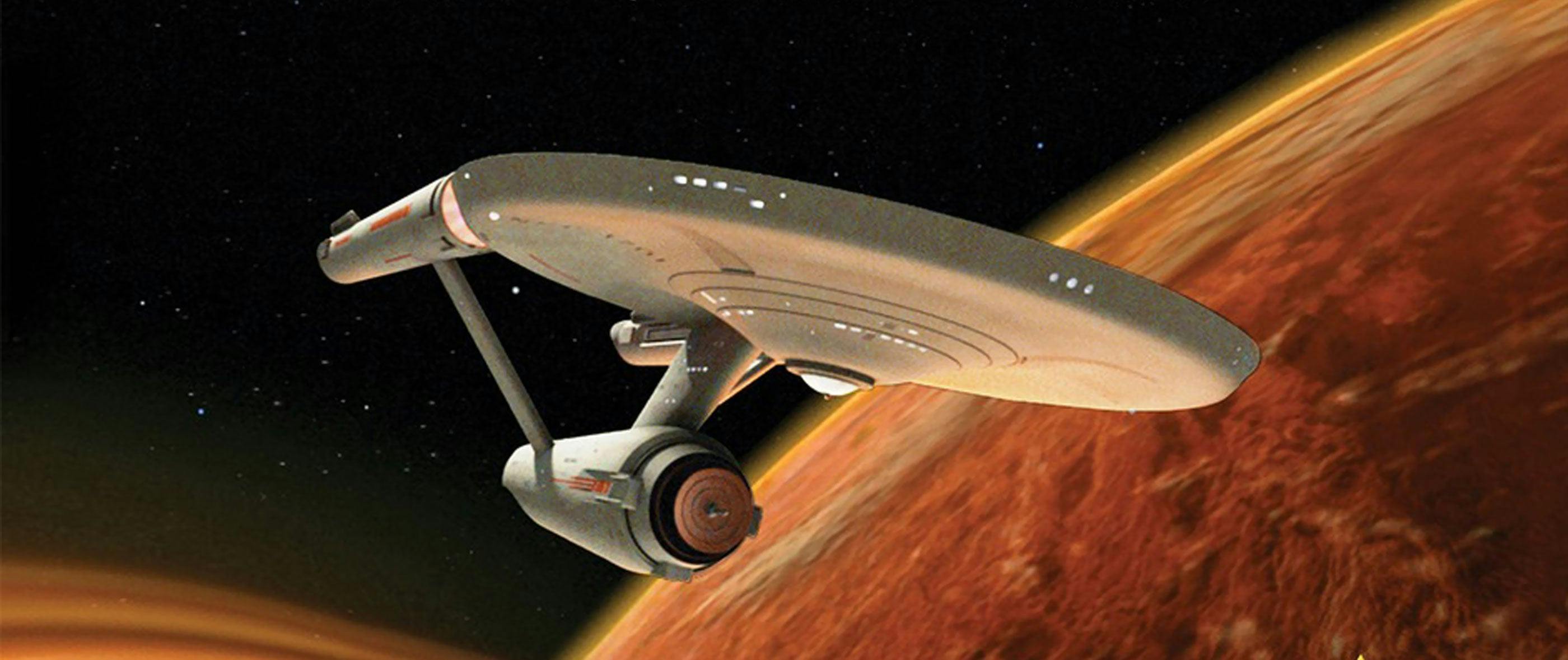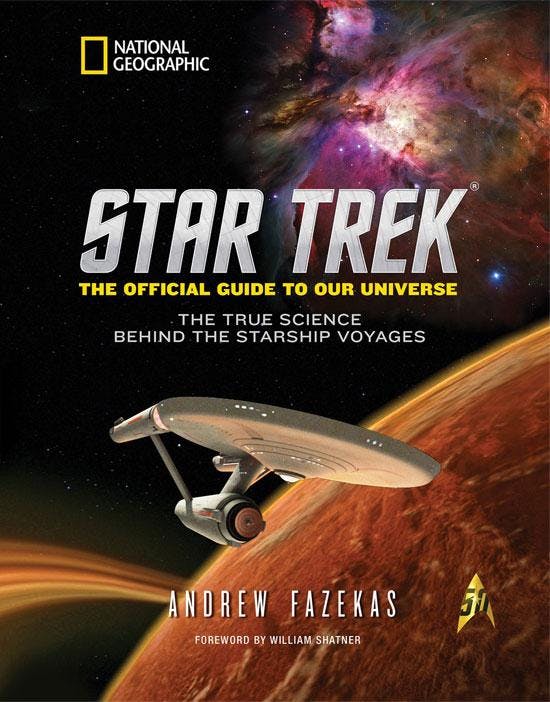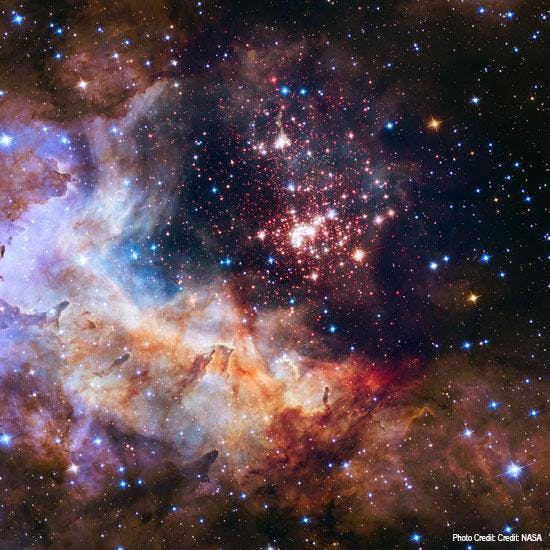Published Jun 7, 2016
The True Story Behind The Starship Voyages
The True Story Behind The Starship Voyages

As we now celebrate five decades of the much-beloved Star Trek

, its fantastical universe has continually made meaningful crossovers between the worlds of science fiction and real science. Since the very first episode aired back in 1966, intergalactic adventures have generally been more faithful to the foundations of science our real universe is built around than any other space-themed TV show. While some concepts like warp drive and transporters may still be relegated to a possible distant future, others such as supernovae, black holes and exoplanets have all been detected and represent the front line of astronomical research. In fact, teams of scientists around the world are hunting for the holy grail in planetary discoveries — finding a twin of Earth somewhere in our Milky Way galaxy — which many experts predict we are only a few years away from.Long before I penned Star Trek -- The Official Guide to Our Universe: The True Science Behind the Starship Voyages, my personal journey connecting the Star Trek universe with our universe began at a young age in the mid-1970s in Montreal, Canada, when I would watch Star Trek reruns religiously on Sunday mornings with my dad. I constantly asked him about the myriad of exotic, cosmic places the Enterprise would encounter. I quickly got hooked, mesmerized by the whole idea of the va





